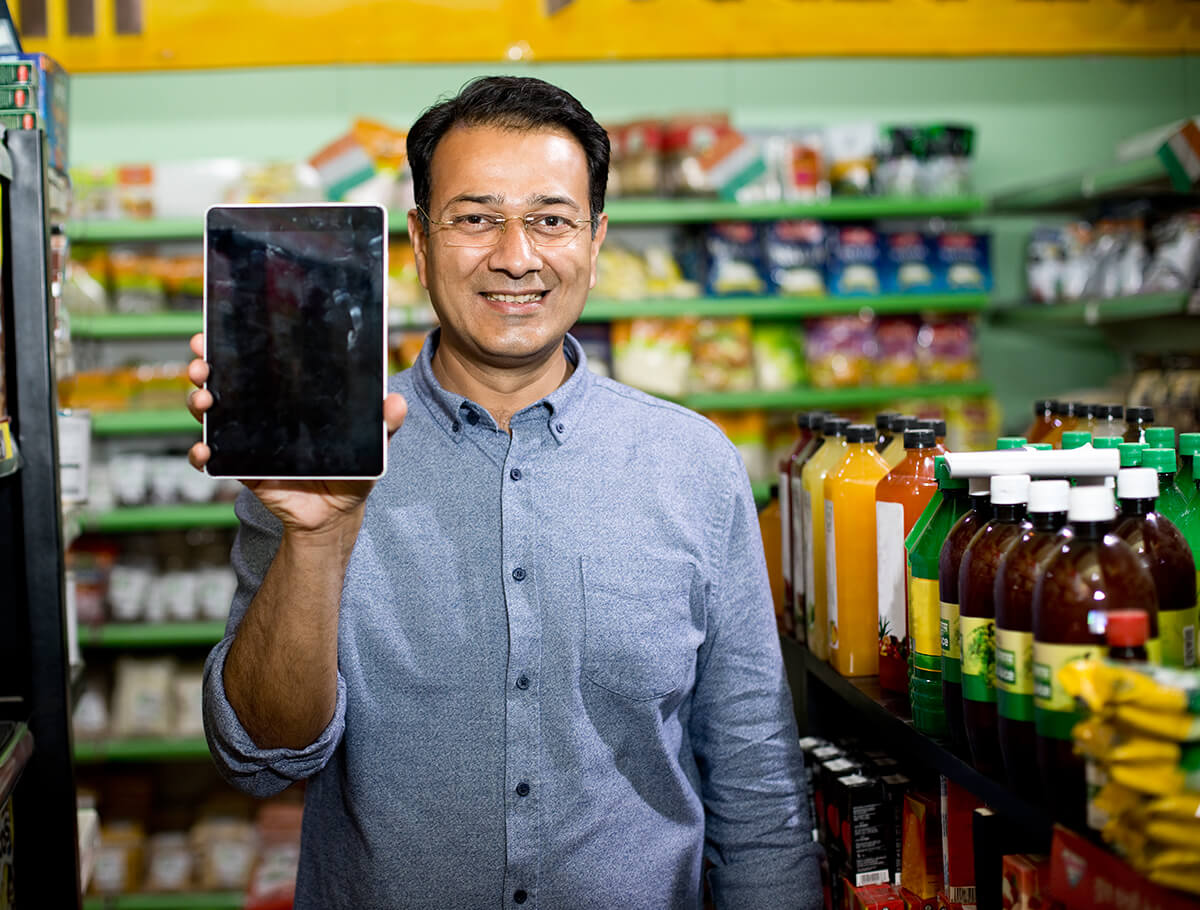

Key changes in RTGS & NEFT, PPI Interoperability and cash withdrawal
The Reserve Bank of India with a view to spur digital payments ecosystem has brought three swift changes in the payments and settlement system by broadening the scope and allowing non-bank players in some modes of payments.
Expert View
With the new significantly welcoming PPI regulation, RBI has now broadened the regulated boundaries with the flexibility of servicing customers for non-bank players.
This step boosts the digital ecosystem and mainly fintech license holders in facilitating banking services in their designed platform.
License holders can now curate the banking product with increased wallet limit, provide higher spend category, and boost customers in becoming full KYC compliant to avail cash withdrawal facility.
- Tarun Nazare, Managing Director, Neokred

How the FinTech industry will help India to achieve a $5T economy
India is a massively diverse country. We are underbanked, underserved, and live in an ever-shifting regulatory environment. Therefore, our financial landscape and unsolved problems are unbelievably complex and may seem overwhelming at first. About 1,000 startups that make up the FinTech industry, in collaboration with traditional stakeholders, hold the key to unlocking India’s potential. At over $10 billion in 2020—according to a recent report by IVCA and Bain & Company—and a reported $4.7 billion in Q1 2021 alone, the funding of Indian startups remains buoyant despite the severe challenges brought on by the Covid-19 pandemic.

UK’s FinTech startup Tide lays out its India plan for next 5 years
Tide Platform, a UK-based fintech startup that helps SMEs open business accounts, plans to invest £100 million (INR 1,000 crore) and create 1,000 jobs in India over the next five years.

How FinTech companies are changing the idea of credit In India
Digital credit lending platforms are already overcoming the boundaries imposed by geographies. The idea of Digital India is driving fintech companies to break the language barriers and promote digital literacy. Fintech companies are creating a new credit ecosystem in India, where everyone will get instant access to affordable credit opportunities with advanced security systems.

As part of the collaboration, Zone Startups India will develop a programme to attract domestic as well as international fintech and fintech-enabled start-ups in areas such as digital banking, crowdfunding, insure-tech, and prepaid payment instruments, among others.
Digital payments numbers and insights may drive FinTech to relook the way Tier 3 and 4 spends

This month we will cover the recent RBI Annual Report and Worldline Annual reports on Digital Payments.
The RBI in its Annual Report 2020-21 stated that the payment systems recorded a robust growth of 26.2% in terms of volume on top of the expansion of 44.2% in the previous year. Indicates the growing confidence among consumers towards digital payments not only in tier I and II cities, but also in tier III and beyond. In Q1 2021, consumers made 8.32 billion mobile based payments, whereas Net Banking / Internet browser based transactions were over 937.60 million. In terms of value, INR 31.98 trillion was transacted through mobile while INR 131.34 trillion was transacted through the internet. Out of these four payment products, UPI remained the most preferred payment mode among consumers with a P2M market share volume of 41% while its share of the value of transactions was 23%. As far as PPIs are concerned, the combined volume of prepaid cards and wallets covered 26% share in volume and 9% in value. What is evident though is that the cards still dominate payments. Credit and Debit card transactions accounted for a good chunk of the pie with 10% and 23% share in volume respectively, and in value terms, they accounted for 28% for credit cards and 40% for debit cards.